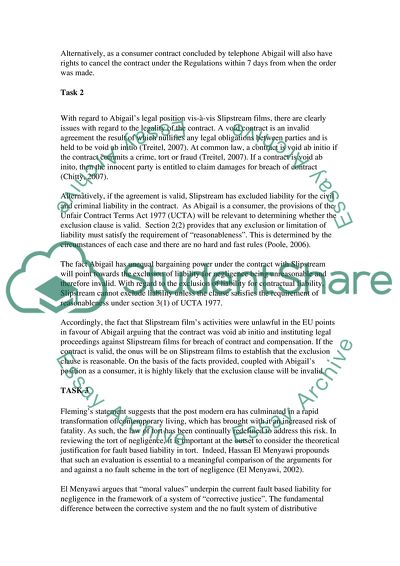Cite this document
(The Tort of Negligence and Film Critic's Rights against CableFast Assignment, n.d.)
The Tort of Negligence and Film Critic's Rights against CableFast Assignment. Retrieved from https://studentshare.org/law/1560775-common-law
The Tort of Negligence and Film Critic's Rights against CableFast Assignment. Retrieved from https://studentshare.org/law/1560775-common-law
(The Tort of Negligence and Film Critic'S Rights Against CableFast Assignment)
The Tort of Negligence and Film Critic'S Rights Against CableFast Assignment. https://studentshare.org/law/1560775-common-law.
The Tort of Negligence and Film Critic'S Rights Against CableFast Assignment. https://studentshare.org/law/1560775-common-law.
“The Tort of Negligence and Film Critic'S Rights Against CableFast Assignment”. https://studentshare.org/law/1560775-common-law.


